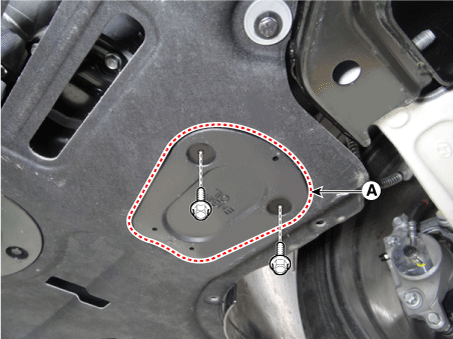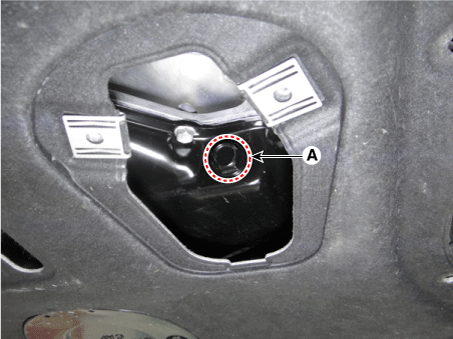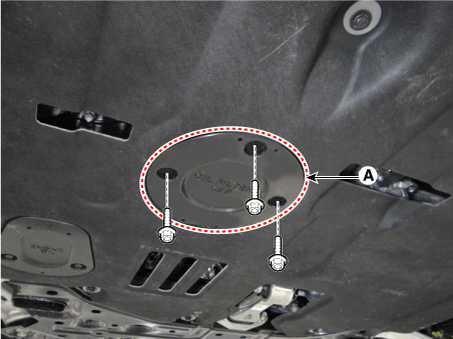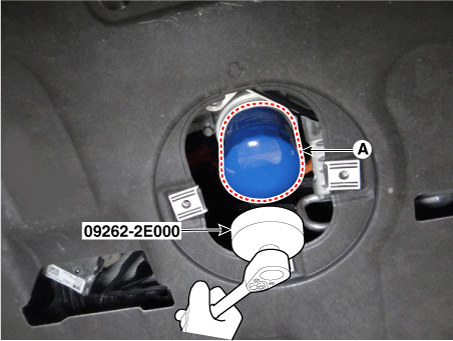Kia Niro: Lubrication System / Engine Oil Repair procedures
| Oil And Filter Replacement |
|
| 1. |
Drain the engine oil.
|
| 2. |
Replace the oil filter (A).
|
| 3. |
Fill with new engine oil.
|
| 4. |
Start engine and check for oil leaks and check the oil gauge or light for an indication of oil pressure. |
| 5. |
Recheck the engine oil level. |
| Inspection |
| 1. |
Check the engine oil quality. Check the oil deterioration, entry of water, discoloring or thinning. If the quality is visibly poor, replace the oil. |
| 2. |
Check the engine oil level. After warming up the engine, stop the engine for 5 minutes, then check the oil level. Oil level should be between the "L" and "F" marks on the dipstick. If it is low, check for leakage and add oil up to the "F" mark.
|
Selection of Engine Oil
Recommendation
ACEA A5 or above / 5W-30
Allowed oil grade
- API SL or above
- ILSAC GF-3 or above
- ACEA A3 or above
Allowed SAE Viscosity
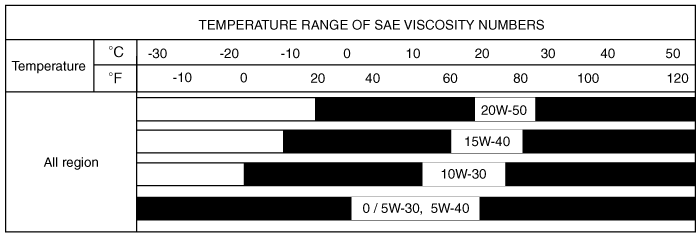
For best performance and maximum protection of all types of operation, select only those lubricants which:
|
 Oil Pump Components and components location
Oil Pump Components and components location
Components
1. Timing chain cover
2. Outer rotor
3. inner rotor
4. Oil pump cover
5. O-ring
6. Relief plunger
7. Relief spring
8. Relie ...
Other information:
Kia Niro 2017 (DE HEV) Service Manual: Oil Pump Components and components location
Components
1. Timing chain cover
2. Outer rotor
3. inner rotor
4. Oil pump cover
5. O-ring
6. Relief plunger
7. Relief spring
8. Relief plug
...
Kia Niro 2017 (DE HEV) Service Manual: Specifications
Specifications
Fuel Delivery System
Items
Specification
Fuel Tank
Capacity
45 L (11.9 U.S.gal., 47.6 U.S.qt., 39.6 Imp.qt.)
Fuel Filter
Type
Paper type
...



